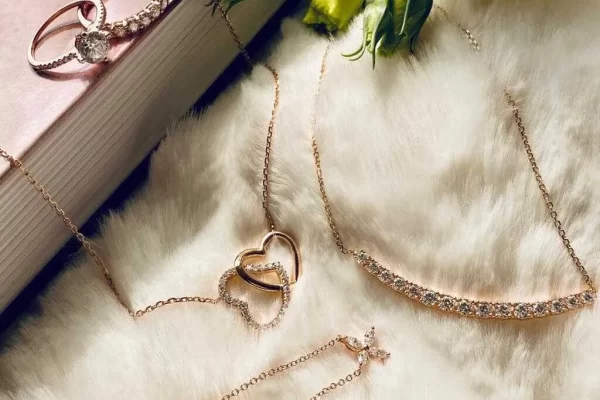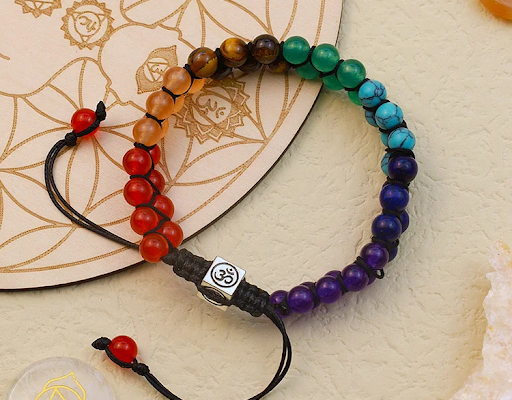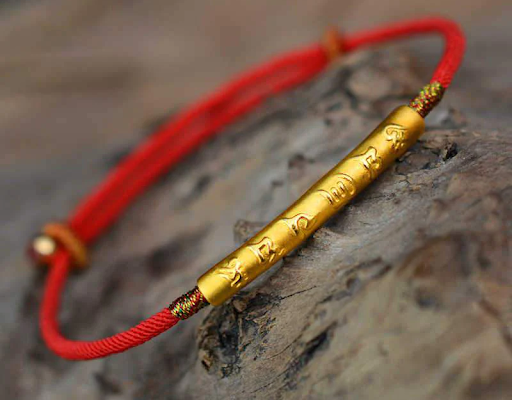Are you looking to purchase some silver jewelry? Or maybe you’re looking to invest in precious metals, so you’d like to learn some more about silver? Whatever your reason is for buying silver, it’s essential to learn about the different types of silver available on the market. Check out this guide to learn everything you need to know about the different types of silver.
- Fine Silver
Also known as pure silver, fine silver is silver in its purest form. For silver to be considered fine, it needs to be made from 99 percent silver and only 1 percent other elements.
Fine silver is white and lustrous, and it can be formed into delicate, beautiful pieces of jewelry. It’s also hypoallergenic. The downside to this type of silver is that it can scratch easily. It can also lose its shape over time.
Because fine silver is so delicate, it’s only recommended in pendants and earrings, as these are low-impact areas.
- Argentium Silver
Argentium silver is either 96 percent pure or 93.2 percent pure. Argentium is alloyed with germanium and copper, which helps make it harder and more durable.
Argentium silver is easy to clean and easy to maintain. Argentium is actually a silver brand, which means that only jewelers with an Argentium stamp can sell this type of silver. The brand logo features a flying unicorn, so look out for that when purchasing.
Another major benefit to Argentium silver is that it doesn’t contain any nickel, and it’s also hypoallergenic. However, this silver is more expensive than other types of silver available, and under certain conditions, it can tarnish quickly.
- Sterling Silver
One of the most popular types of silver is sterling silver. Sterling silver is known for being durable and hypoallergenic. It also has a beautiful and lustrous shine.
Sterling silver contains 92.5 percent pure silver and 7.5 percent copper. The copper helps make the silver more durable and wearable. While this type of silver is lustrous, it can tarnish easily.
Over time, sterling silver changes color and darkens as it oxidizes. However, it’s typically easy to clean off this tarnish. In some cases, jewelers even use tarnish to accentuate designs and patterns.
Some sterling silver even comes plated with rhodium. This helps to enhance the brilliance, whiteness, and durability of the metal. It also prevents the silver from tarnishing and adds value to the piece. You can check out American Precious Metals to learn more about sterling silver.
- Nickel Silver
Nickel silver is a bit of a misnomer, as it’s not silver at all. However, because it takes on the appearance of silver, many people use it as a substitute when they’re looking to save money.
In addition to being durable, nickel silver also makes great costume jewelry. However, it’s not hypoallergenic, and although many people believe it contains trace amounts of silver, this is not the case. Nickel silver is made from 20 percent nickel, 20 percent zinc, and 60 percent copper.
Be very careful when buying silver, as some sellers will try to pass off nickel silver as sterling silver due to its lustrous shine.
- Silver-Plated Jewelry
Just like gold-plated jewelry, silver-plated jewelry comes with a thin layer of silver-coated over a base metal (such as copper).
The amount of silver that’s used in the plating process is minimal. Nevertheless, it can still transform the look of the piece of jewelry. People often use silver-plated jewelry in theatre costumes.
While silver-plated jewelry is very affordable, keep in mind that the silver plating will flake off over time, exposing the metal beneath. This type of silver also isn’t hypoallergenic, and it comes with a very short lifespan.
- Coin Silver
Coin silver used to be the most commonly used alloy in the United States. However, this is no longer the case, as sterling silver has taken its place.
Coin silver contains 90 percent pure silver. The other 10 percent is made of copper. This type of silver is very similar to sterling silver, with the main difference being that it contains slightly less pure silver.
While many people think coin silver was previously used in US coins, this is not the case. It only gets its name because it used to be made from recycled old coins containing silver.
The benefit of coin silver is that it’s affordable yet rare. However, while it contains a good purity content, this type of silver can easily tarnish.
- Tibetan or Tribal Silver
Tibetan/tribal silver is inexpensive and typically comes with beautiful designs. However, the exact content of silver can vary greatly. Some pieces of tribal silver actually don’t contain any silver at all.
Like nickel silver, people often use tribal silver in costume jewelry. While it is inexpensive, it’s not very durable and can tarnish easily. It’s also not typically hypoallergenic.
- Silver-Filled Jewelry
Silver-filled jewelry is more expensive than silver-plated jewelry, yet more affordable than sterling silver. Unlike silver-plated jewelry, silver-filled jewelry contains at least 5 to 10 percent silver.
However, silver-filled jewelry is difficult to maintain, and it can tarnish easily.
Types of Silver: Are You Ready to Buy?
Now that you know about the different types of silver, it’s time for you to decide which one you’re going to purchase. When buying, make sure to look for silver-grade hallmarks or specifications.
For example, if you’re buying sterling silver, it will either say “sterling” or 0.925. Also, it’s a good idea to have the silver appraised before you buy it. If you have a chance to purchase the silver in person, hold it to a magnet before buying. Silver isn’t magnetic, so if it sticks, you’ll know you’re dealing with a fraud.
And be sure to check back in with our blog for more tips on buying precious metals!




